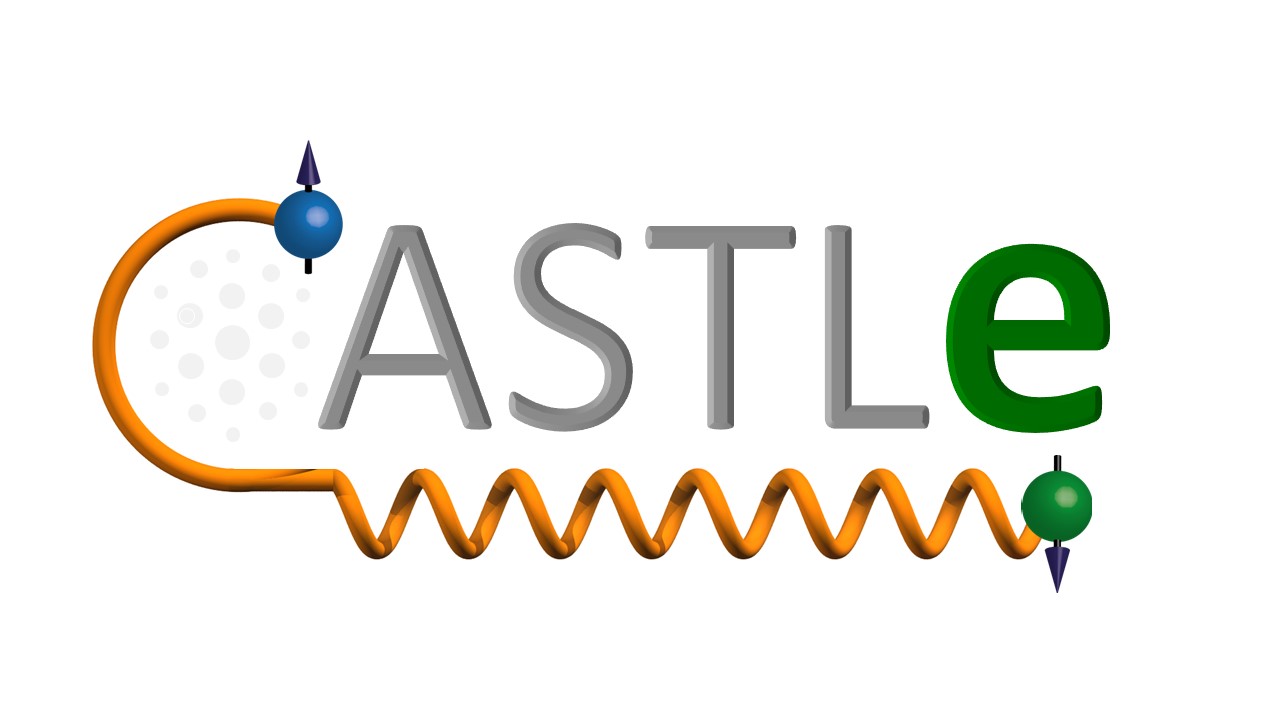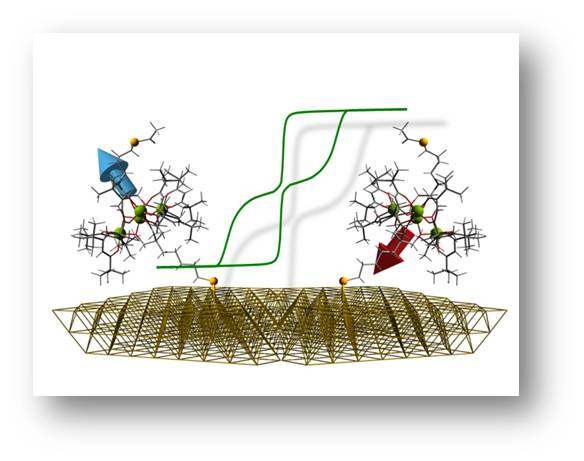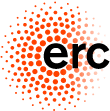European Research Council projects
Chirality and spin selectivity in electron transfer processes: from quantum detection to quantum enabled technologies

ERC Synergy Grant 2022
- cPI: Roberta SESSOLI, University of Florence, Italy
- PI2: Michael R. WASIELEWSKI, Northwestern University, Illinois, US
- PI3: Robert BITTL, Freie Universität Berlin, Berlin, Germany
- PI4: Stefano CARRETTA, University of Parma, Italy
ELEctrically ConTRolled magnetic Anisotropy
ERC Starting Grant 2021
PI Mauro Perfetti
ELECTRA aims at understanding and controlling the interaction between magnetic molecules and electric fields, called Spin-Electric (SE) effect.
Molecules have several characteristics that make them appealing for information technology (small sie, monodispersity, chemical tunability, quantum behaviour).
Nowadays, electric fields are the most environmentally friendly and precise way to target a single molecule. Therefore, understanding how to tailor and control the SE effects will trigger the design of less energy-demanding, more efficient, and smaller devices.
However, the SE effects on molecules are still poorly explored and rationalized, largely due to the absence of a generally applicable experimental technique.
Therefore, this project proposes the realisation of a novel experimental technique to detect SE effects on any magnetically anisotropic material, with no a priori restrictions. A rational synthetic plan will exploit the versatility of chemistry to unravel the role and importance of chemically tuneable properties on the onset of the SE effects in coordination complexes. Moreover, the effect of temperature and magnetic field on the SE effects will be assessed using super-sensitive molecular probes.
The rationalization of the effect will be obtained by combining ab initio calculations and henomenological models. The positive completion of ELECTRA will deliver an unprecedented understanding of the SE effects in molecules and chemical guidelines for synthesizing highly performant molecular architectures with SE effects on-demand to be used in the field of information technology.
________________________________________________________________
**************** Concluded ***************
“MolNanoMaS” - Molecular Nanomagnets at Surfaces: Novel Phenomena for Spin-based Technologies
ERC Advanced Grant Research (2011-2016)

The European Research Council awarded, in the frame of the programme IDEAS,an Advanced Grant to Roberta Sessoli. The funded research project, started in January 2011, is centred on the study of molecular nanomagnets, also known as Single Molecule Magnets (SMMs), i.e. a class of molecules exhibiting, at low temperature, magnetic hysteresis of pure molecular origin and not related to a cooperative effect.
In this project novel phenomena originated by the combination of SMMs with conducting and magnetic substrates in hybrid structures have been explored using an interdisciplinary approach, starting from the design and synthesis of SMMs and includeing their assembling on surface from solution or in high vacuum, as well as the tuning of the interaction with conducting, and magnetic substrates through chemical tuning of SMMs. It focused on the quantum dynamics of the magnetization that seems particularly affected by the interaction with a magnetic substrate, opening perspectives for novel spintronic devices and for an unexplored strategy to increase the blocking temperature of SMMs.
 Figure. A tetranuclear iron(III) cluster chemically grafted to a gold surface exhibiting
Figure. A tetranuclear iron(III) cluster chemically grafted to a gold surface exhibiting
quantum tunneling effects in the magnetic hysteresis detected by synchrotron light.
See the Results of the project




